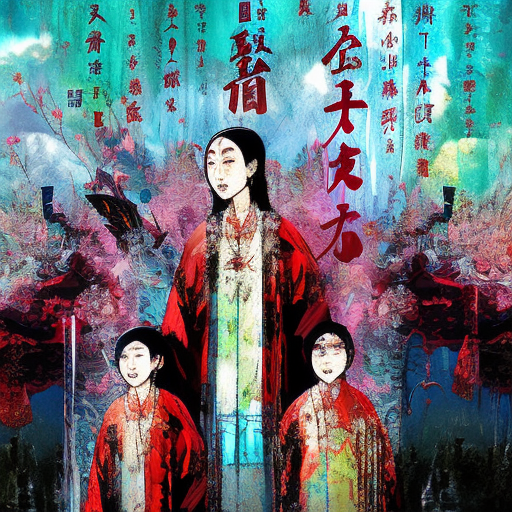One-line summary:
Wild Swans: Three Daughters of China is a powerful memoir that chronicles the lives of three generations of women in China, providing a captivating insight into the country’s tumultuous history.
The Journey Begins: A Glimpse into China’s Past
Wild Swans: Three Daughters of China, written by Jung Chang, takes readers on an extraordinary journey through the lives of three women – the author herself, her mother, and her grandmother – spanning over a century of Chinese history. Through their personal stories, the book offers a poignant and intimate portrayal of the social, political, and cultural changes that shaped China during the 20th century.
The narrative begins with Chang’s grandmother, Yu-fang, who grew up in a traditional Chinese household during the late Qing Dynasty. Yu-fang’s life is marked by the oppressive practices of foot binding and arranged marriages, which were prevalent at the time. As the country undergoes a revolution, Yu-fang’s husband becomes a warlord, and she experiences the brutality and chaos that accompany political upheaval.
Chang’s mother, Bao Qin, enters the scene as the Communist Party rises to power. Bao Qin becomes a dedicated party member, believing in the promise of a better future for China. However, as the Great Leap Forward and the Cultural Revolution unfold, she witnesses the devastating consequences of Mao Zedong’s policies, including famine, persecution, and the destruction of cultural heritage.
A Personal Journey: The Author’s Struggles and Triumphs
The third and most prominent story in the book is that of Jung Chang herself. Born in 1952, she grows up during the early years of the People’s Republic of China. As a young girl, she is filled with idealism and dreams of becoming a Red Guard. However, as she witnesses the corruption and brutality within the party, her faith begins to waver.
Chang’s personal journey takes her from the remote countryside to the bustling city of Chengdu, where she becomes an electrician. She eventually obtains a scholarship to study in England, where she encounters a world vastly different from her own. This exposure to Western ideas and values challenges her preconceived notions about China and its history.
A Tale of Resilience and Hope
Wild Swans: Three Daughters of China is a testament to the resilience of the human spirit in the face of adversity. Despite the hardships and tragedies they endure, the three women in this memoir never lose hope. They find strength in their bonds with each other and in their determination to create a better future for themselves and their country.
Through the lens of these three generations of women, the book offers a nuanced understanding of China’s complex history. It sheds light on the struggles and sacrifices of ordinary people caught in the midst of political turmoil, while also highlighting the power of individual agency and the capacity for change.
- The book provides a vivid portrayal of the impact of political ideologies on the lives of ordinary Chinese people.
- It offers a unique perspective on the experiences of women in China, exploring themes of gender inequality, tradition, and empowerment.
- Wild Swans: Three Daughters of China serves as a cautionary tale about the dangers of unchecked power and the importance of preserving cultural heritage.
“The past was a minefield, and we stumbled on, hoping to avoid the mines, but knowing that one day we must step on one and be blown up.”
In conclusion, Wild Swans: Three Daughters of China is a captivating memoir that intertwines personal narratives with historical events, providing a compelling account of China’s tumultuous past. It is a story of resilience, hope, and the enduring power of the human spirit.












